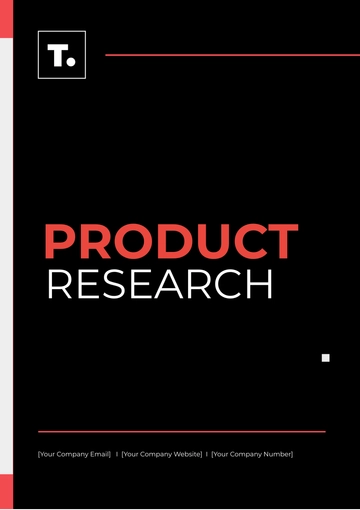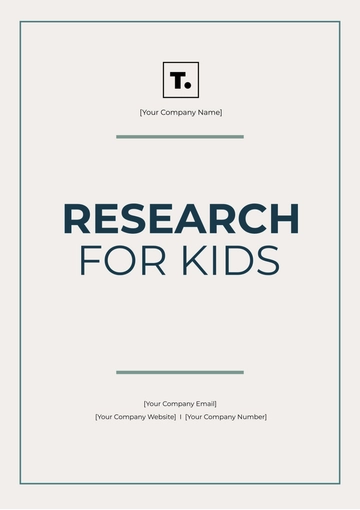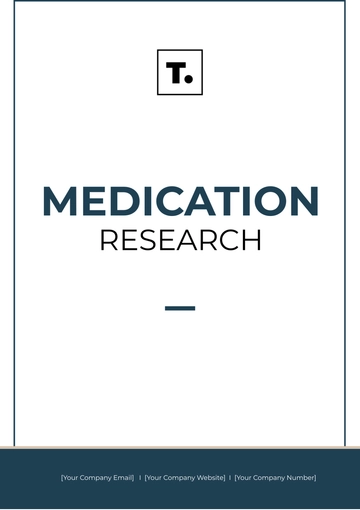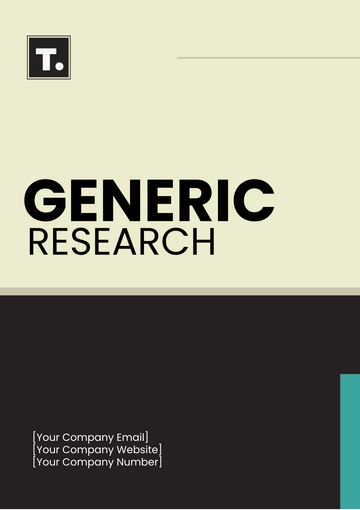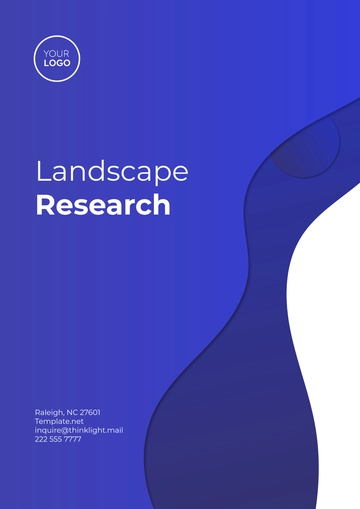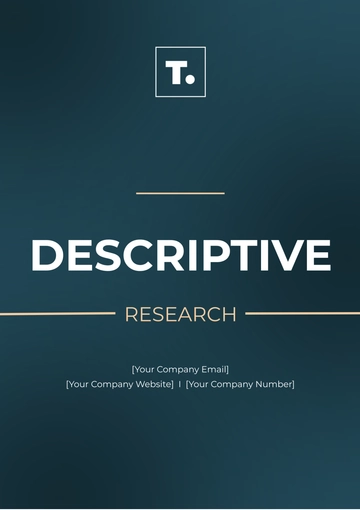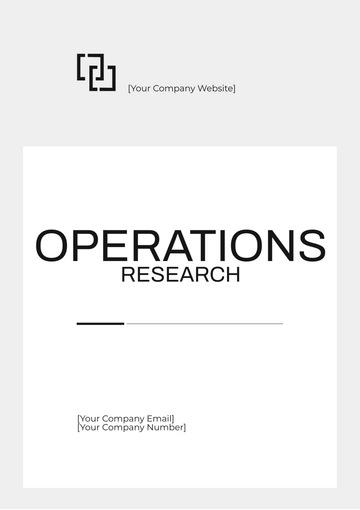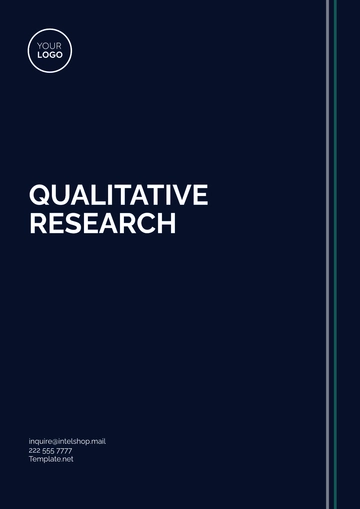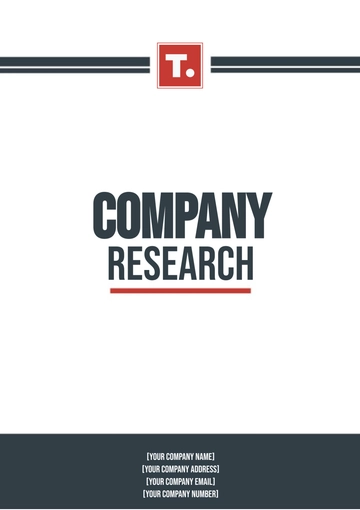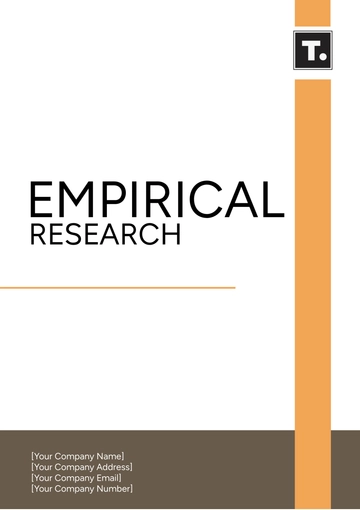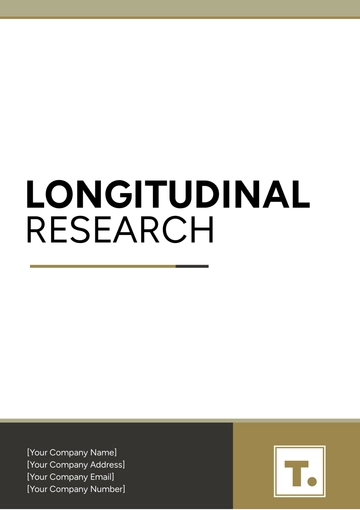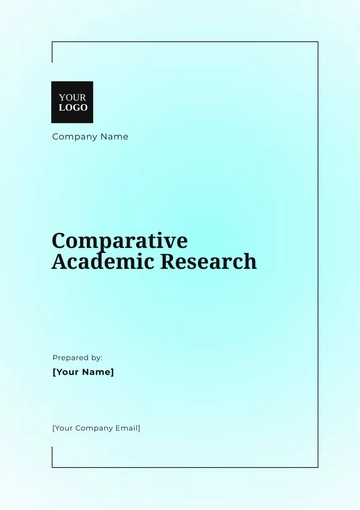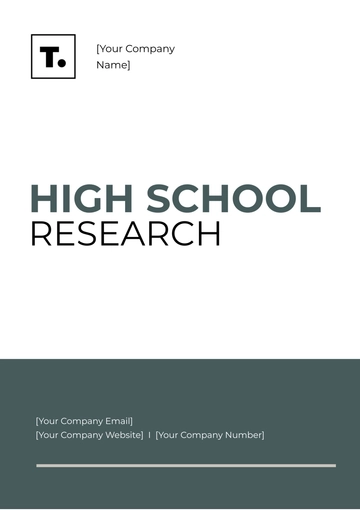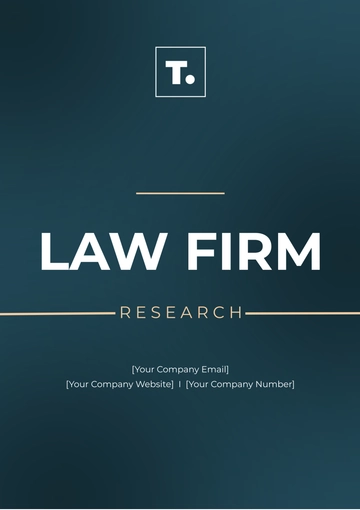Free Onboarding Best Practices Research HR
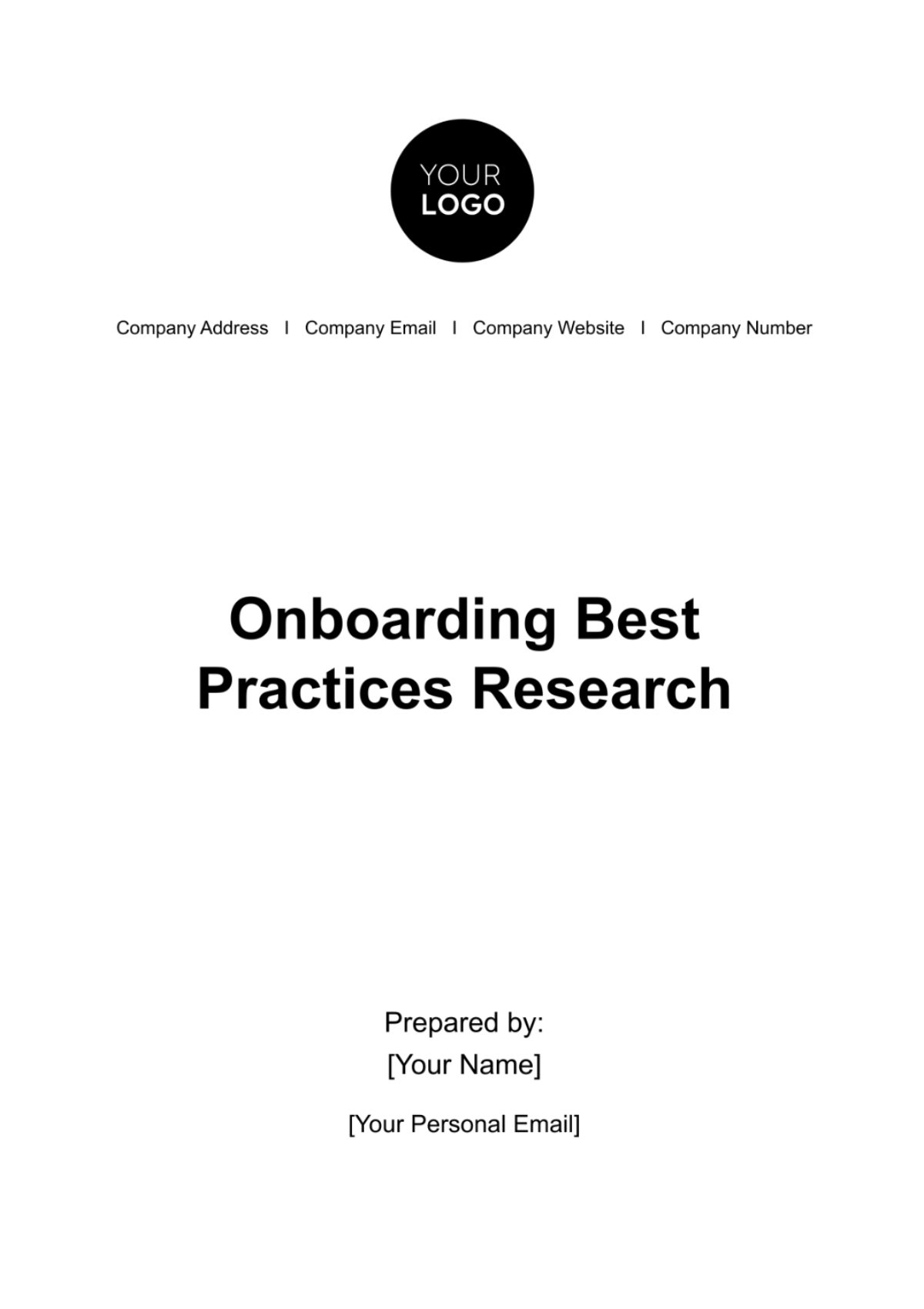
TABLE OF CONTENTS
A. Executive Summary ..........................................................................................3
Purpose of the Document .............................................................................................3
Key Findings ...................................................................................................................3
B. Introduction .......................................................................................................3
C. Onboarding Best Practices ...............................................................................4
Pre-Onboarding .............................................................................................................4
First Day Orientation ......................................................................................................4
Training and Development ............................................................................................5
Ongoing Support ............................................................................................................5
Offboarding and Transition ...........................................................................................5
D. Research Methodology .....................................................................................6
Data Collection ...............................................................................................................6
Surveys and Interviews .................................................................................................6
Data Analysis ..................................................................................................................6
E. Key Findings ......................................................................................................6
Strengths of the Current Onboarding Process ...........................................................6
Areas Needing Improvement ........................................................................................7
Employee Feedback ......................................................................................................7
F. Recommendations ............................................................................................7
Onboarding Timeline .....................................................................................................7
Standardized Training Modules ....................................................................................7
Employee Engagement Initiatives ................................................................................8
Performance Metrics .....................................................................................................8
Technology Integration .................................................................................................8
G. Implementation Plan .........................................................................................8
Timeline ............................................................................................................................8
Responsible Parties .......................................................................................................8
Resource Allocation .......................................................................................................9
H. Conclusion ........................................................................................................9
Summary of Recommendations ...................................................................................9
Future Outlook for Onboarding ....................................................................................9
I. Appendices ........................................................................................................9
J. References .......................................................................................................10
Executive Summary
Purpose of the Document
The purpose of this document is to present the findings of our research into onboarding best practices at [Company Name]. We aimed to identify areas of improvement in our current onboarding process and provide actionable recommendations to enhance the experience for new employees.
Key Findings
The onboarding process at [Company Name] excels in providing a warm welcome and initial orientation. This aspect of our onboarding process has received consistently positive feedback from new hires. Employees often highlight the friendly and welcoming atmosphere they encounter from the moment they step through our doors. The initial orientation process effectively introduces new team members to our company culture, values, and basic policies. This positive first impression sets a strong foundation for their journey with [Company Name].
However, there is a need for more structured training modules tailored to specific job roles. While our warm welcome and orientation are commendable, employee feedback and performance data reveal that there is room for improvement in our training approach. New hires often express a desire for more targeted and comprehensive training that is directly related to their specific job responsibilities. This gap in our current onboarding process can lead to inconsistencies in knowledge transfer, impacting job performance and overall satisfaction.
Recommendations
Implement Standardized Training Modules for Different Departments
Establish a Mentorship Program to Facilitate Knowledge Transfer
Conduct Regular Check-Ins to Gauge Employee Satisfaction and Progress
Introduction
Background of [Company Name]
[Company Name] is a leading [industry] company known for [brief description of the company's history and mission].
Importance of Onboarding
Effective onboarding is crucial for [Company Name] as it sets the tone for employee engagement, productivity, and long-term retention. A well-designed onboarding process not only ensures that employees quickly grasp their roles and responsibilities but also cultivates a strong sense of connection to our company's mission and values, fostering a culture of dedication and innovation. Additionally, it plays a pivotal role in reducing turnover rates by instilling a sense of belonging and commitment in new team members, ultimately contributing to the long-term growth and success of [Company Name].
Onboarding Best Practices
pre-Onboarding
Recruitment and Selection
[Company Name] focuses on hiring candidates who align with our values and culture. Our recruitment team conducts thorough interviews and assessments.
Communicating Expectations
Before the first day, new hires receive a detailed email outlining expectations and the onboarding schedule. We emphasize our commitment to their growth and success.
Background Checks and Documentation
Background checks are completed in compliance with local regulations. New hires are guided through necessary documentation, making the process efficient.
First Day Orientation
Welcome Message
On the first day, our CEO welcomes new employees and shares the company's vision. This sets a positive and inspiring tone for their journey at [Company Name].
Office Tour
A guided tour of our state-of-the-art facilities helps new hires familiarize themselves with their workspace.
HR and Benefits Overview
HR conducts a comprehensive session on company policies, benefits, and resources available.
Training and Development
Job-Specific Training
Department-specific training programs are designed to equip employees with the skills needed for their roles.
Mentorship and Buddy System
New hires are paired with experienced mentors who provide guidance and support. This fosters a sense of belonging.
Skill Enhancement
Ongoing skill development opportunities are available through workshops and online courses.
Ongoing Support
Regular Check-Ins
Managers conduct monthly check-ins to address concerns and ensure a smooth transition. Feedback is encouraged.
Feedback Mechanisms
Anonymous feedback channels allow employees to voice concerns or suggestions. This promotes transparency.
Career Path Discussions
Annual performance reviews include discussions on career growth and development plans.
Offboarding and Transition
When employees transition out of the company, an exit interview is conducted to gather feedback and insights. We maintain alumni networks for ongoing engagement.
Research Methodology
Data Collection
To conduct this research, we collected data through surveys, interviews, and an analysis of our existing onboarding processes. Surveys were distributed to both new hires and experienced employees to gather feedback. Interviews were conducted with HR professionals, managers, and employees.
Surveys and Interviews
The survey consisted of 20 questions covering various aspects of the onboarding process, including satisfaction levels and suggestions for improvement. Interviews were semi-structured and allowed for in-depth discussions on the onboarding experience.
Data Analysis
Survey responses were analyzed using statistical software to identify trends and areas for improvement. Interview data was transcribed and thematically analyzed to extract key insights.
Key Findings
Strengths of the Current Onboarding Process
New hires feel welcomed and valued from day one.
Initial orientation and office tours create a positive first impression.
Our recruitment process effectively identifies candidates who align with our culture.
Areas Needing Improvement
Lack of standardized training modules leads to inconsistency in knowledge transfer.
Employees desire more opportunities for skill development.
Clearer career growth paths are needed.
Employee Feedback
Employees appreciate the buddy system and mentorship opportunities.
Many expressed interest in cross-training to broaden their skills.
Some employees mentioned a desire for more frequent check-ins with managers.
Recommendations
Onboarding Timeline
Creating a standardized onboarding timeline involves mapping out the journey that each new hire will take during their initial days, weeks, and months at [Company Name]. This timeline should include specific activities, milestones, and deadlines.
Standardized Training Modules
Create job-specific training modules for different departments to ensure consistency in knowledge transfer. And incorporate e-learning modules to facilitate ongoing learning and development.
Employee Engagement Initiatives
Implement regular employee engagement activities to foster a sense of belonging and team cohesion. And also consider team-building events, social gatherings, and recognition programs.
Performance Metrics
Establish key performance indicators (KPIs) to measure the effectiveness of the onboarding process. Monitor KPIs regularly and make adjustments based on data-driven insights.
Technology Integration
Explore the integration of technology, such as a centralized onboarding platform that allows new hires to complete necessary forms digitally and access training materials online. Leverage technology for virtual onboarding when necessary like video conferencing, virtual tours, and digital collaboration tools can help bridge the gap when in-person onboarding isn't possible.
Implementation Plan
Timeline
Phase 1: | Develop standardized training modules (3 months). |
Phase 2: | Implement onboarding timeline (4 months). |
Phase 3: | Launch employee engagement initiatives (6 months). |
Responsible Parties
HR department will lead the development of training modules.
Department heads will oversee department-specific onboarding.
An employee engagement committee will be formed to plan activities.
Resource Allocation
Budget allocation for training module development, technology integration, and engagement activities.
Conclusion
Summary of Recommendations
The research findings highlight the need for a more structured onboarding process. Implementing the recommended changes will lead to a more effective and engaging onboarding experience.
Future Outlook for Onboarding
We anticipate that the proposed changes will improve employee satisfaction, productivity, and retention. Continuous feedback and evaluation will be crucial in adapting our onboarding process in the future.
Appendices
Employee Survey Questionnaire
A copy of the questionnaire used for collecting employee feedback.
Interview Transcript Samples
Excerpts from interviews with employees and HR professionals.
Additional Resources
Links and references to external resources on best practices in onboarding.
References
A list of sources and references used in the research.
- 100% Customizable, free editor
- Access 1 Million+ Templates, photo’s & graphics
- Download or share as a template
- Click and replace photos, graphics, text, backgrounds
- Resize, crop, AI write & more
- Access advanced editor
Streamline Success: Elevate your onboarding process with our Onboarding Best Practices Research HR Template. Unlock actionable insights drawn from industry trends, expert interviews, and real-world examples. Craft a tailored onboarding experience that boosts engagement and retention. Maximize your organization's potential starting with day one. Enhance your HR strategy today!


